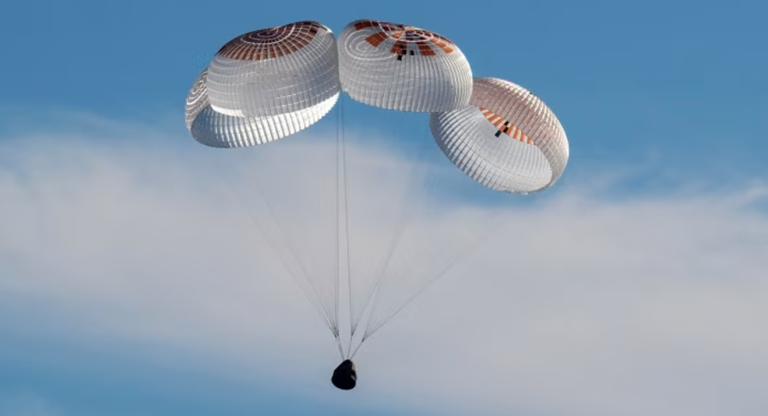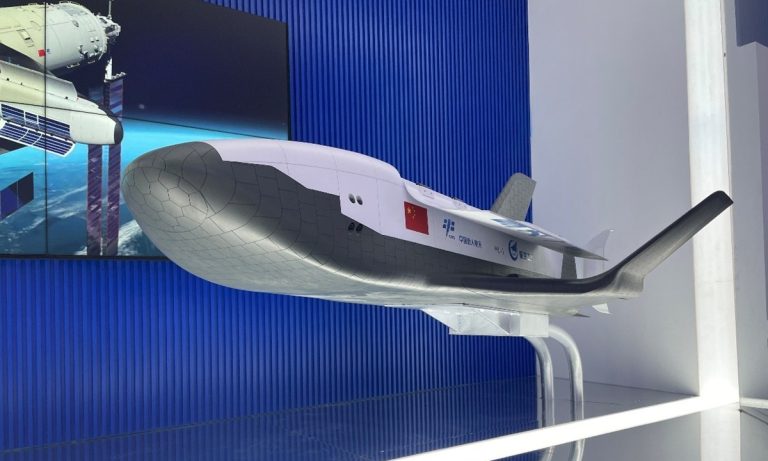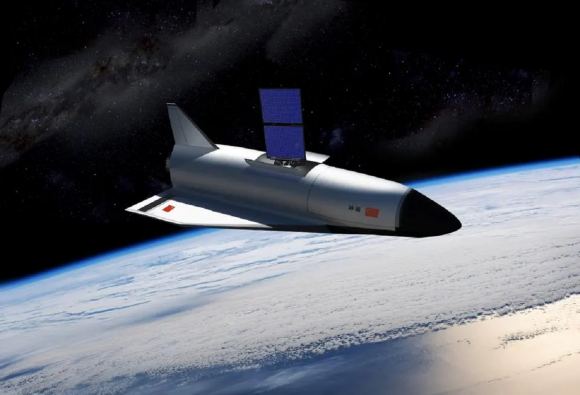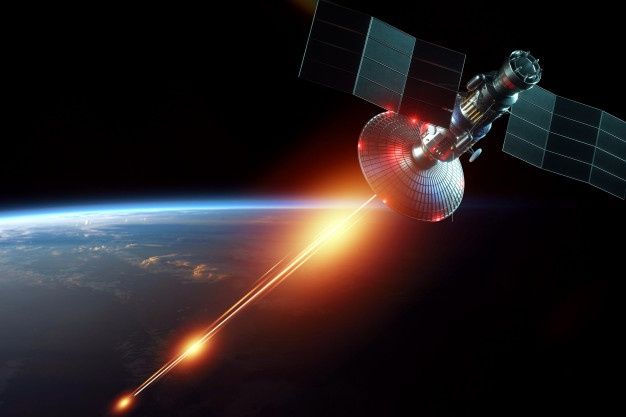NASA Astronauts Come Home After 9 Months Stranded in Space
After nine long months on the International Space Station, NASA astronauts safely returned to Earth. Their rescue, made possible by SpaceX’s reliable Dragon capsule, shows how teamwork and smart technology can solve big problems in space. This mission reminds us that even when plans go wrong, working together makes it possible to overcome challenges.
Summary:
- Unexpected Delay: Two NASA astronauts were planned to be in space for only eight days but ended up staying for nine months because of problems with the Boeing Starliner spacecraft.
- Rescue Mission: SpaceX sent its Dragon capsule to the ISS to bring the stranded crew back safely.
- International Crew: The rescue included NASA astronauts Suni Williams and Butch Wilmore, along with US astronaut Nick Hague and Russian cosmonaut Aleksandr Gorbunov.
- Safe Return: The capsule re-entered the Earth’s atmosphere and landed safely in the Gulf of Mexico, off the coast of Florida.
- Dramatic Re-entry: The spacecraft slowed down from 17,000 miles per hour using four parachutes before splashing down.
- Teamwork and Trust: The mission showed the power of international cooperation and commercial spaceflight in solving emergencies.
- Political Debate: The event sparked discussions about space travel and the role of private companies in space.
- Learning for the Future: The mission offers important lessons to make space travel safer next time.
- Share Responsibly: Please use the share tools provided on the source website, as copying full articles may breach copyright rules.
- References Provided: The full story can be read on Financial Times and updates from Elon Musk on X.
Astronaut splashdown in 2 mins!
https://t.co/bniBrKGZZU— Elon Musk (@elonmusk) March 18, 2025
Introduction
Space travel is full of surprises. Recently, two NASA astronauts were stuck on the International Space Station (ISS) for nine months. They were meant to stay for just eight days. This long wait was due to problems with a spacecraft that was not safe to use. Fortunately, SpaceX helped save the day by sending its Dragon capsule to bring the crew home.
NASA had planned a short mission for the astronauts Suni Williams and Butch Wilmore. They were to travel on the ISS and return after eight days using the Boeing Starliner spacecraft. However, the Starliner had technical issues. It showed problems with its thrusters and had leaks with helium. Because of these problems, the spacecraft was declared unfit for the journey back to Earth. This left the astronauts in space much longer than planned.
Table 1: Mission Details and Issues
| Detail | Planned | Actual |
|---|---|---|
| Mission Duration | 8 days | 9 months |
| Return Spacecraft | Boeing Starliner | SpaceX Dragon capsule |
| Reason for Delay | Normal schedule | Thruster problems, helium leaks |
| Stranded Astronauts | N/A | Suni Williams, Butch Wilmore |
The Rescue Mission
When the problem with the Starliner was clear, NASA and its partners turned to SpaceX. SpaceX is known for its safe and reliable space missions. They sent their Dragon capsule to the ISS. This capsule is designed to bring astronauts back safely to Earth.
The Dragon capsule met with the ISS, and the crew was moved into it. Along with the stranded astronauts, two other crew members, Nick Hague and Russian cosmonaut Aleksandr Gorbunov, joined the rescue mission. The capsule then left the ISS to begin its journey back home.
“It felt like a miracle when we saw the capsule coming close. We knew help was finally on the way,” said astronaut Nick Hague.
Table 2: The Rescue Timeline
| Event | Time/Detail |
|---|---|
| Dragon Capsule Launch | Sent to the ISS soon after problems were found |
| ISS Docking | Dragon capsule docked with the ISS |
| Re-entry Initiation | 5:45 PM ET (9:45 PM GMT) on the return day |
| Splashdown | Capsule landed 50 miles off the coast of Tallahassee, Florida |
The return journey was full of challenges. The Dragon capsule had to slow down very fast as it re-entered the Earth’s atmosphere. It was traveling at 17,000 miles per hour. The capsule deployed four parachutes to slow down to a safe speed. This careful process allowed the capsule to land gently in the Gulf of Mexico. Recovery teams were there to pick up the astronauts as soon as the capsule landed.
Many people watched the splashdown with great relief. Reports say that even dolphins were seen near the landing site, adding a small moment of beauty to the dramatic rescue.
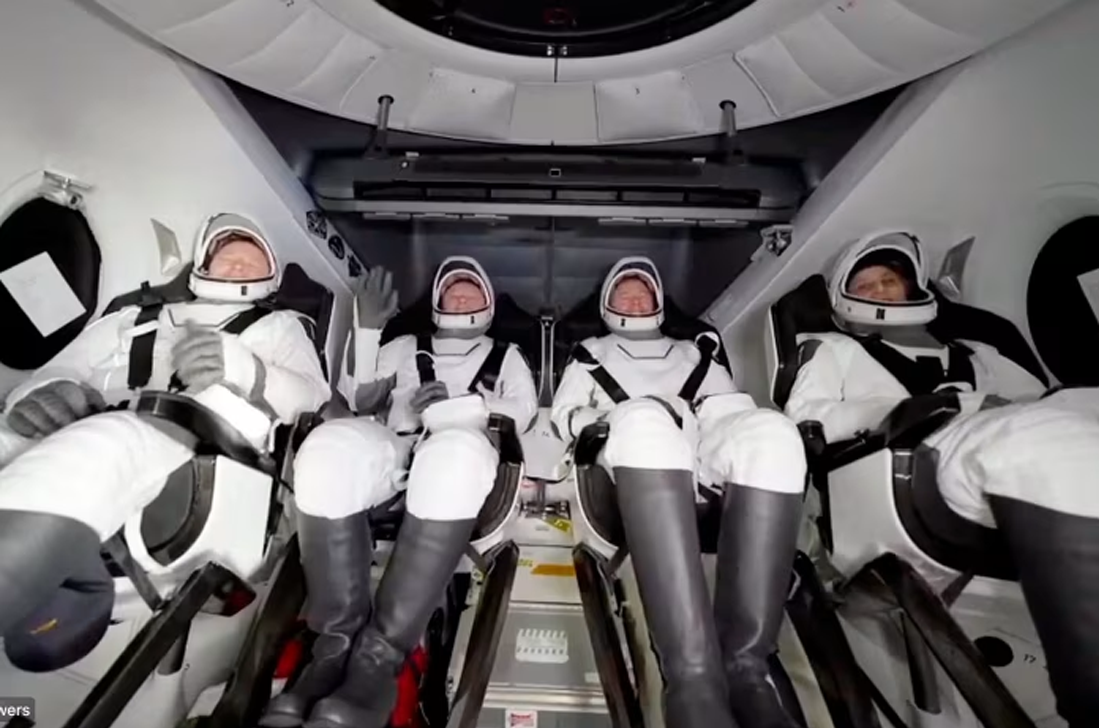
The Human Side of the Mission
Being stuck in space for nine months is not easy. The astronauts had to deal with being away from home and the constant challenge of living in a confined space. Yet, they continued their work and helped with important research on the ISS. Their calm and determination during this long stay shows how strong and brave they are.
The rescue mission was not just about advanced technology. It was about human courage, trust, and the strength of teamwork. NASA, SpaceX, and international partners worked together to solve a big problem. This event reminds us that even in the most difficult times, people can work together to overcome challenges.
This mission did more than save lives; it also inspired a lot of discussion. Some political figures used the event to talk about the role of private companies in space travel. For example, President Donald Trump praised SpaceX and its CEO Elon Musk on social media for their role in the rescue. This praise highlighted the growing role of private companies in space and added to debates on space policy.
At the same time, the problems with the Boeing Starliner reminded everyone that space travel is very hard. It showed that even big, well-known companies can face tough challenges. The success of the SpaceX mission has boosted confidence in commercial spaceflight, while the Boeing issues have raised questions about how to make space travel safer.
The safe return of NASA astronauts after nine months on the ISS is a story of hope and teamwork. Despite many challenges, the crew was rescued safely by the SpaceX Dragon capsule. This event shows that when smart technology meets strong human spirit, even the most difficult problems can be solved.
For those who want to read more about this mission, please use the share tools on the original website. Remember, copying full articles may break copyright rules. You can also find more details on the Financial Times website and check updates on Elon Musk’s page on X.
Facts
- Dolphins at Sea: Dolphins were seen near the landing area, adding a beautiful scene to the rescue.
- Long Stay in Space: The ISS has been home to astronauts for many months, and some stay for almost a year.
- Team Effort: The rescue was a team effort involving NASA, SpaceX, and international space agencies.
- Commercial Spaceflight: This mission shows that private companies like SpaceX can be trusted in space.
- Learning for Tomorrow: Each space mission teaches us something new that makes future travel safer.

